Biome: Types, Characteristics, Human Impact, and Conservation Efforts
What is biome ?
Biomes, the intricate tapestries of ecosystems that cover our planet, play a crucial role in maintaining the delicate balance of life. From lush rainforests to frigid tundras, these varied environments shape the world we live in and influence the plants, animals, and even climates that define them.
Types of Biomes:
Terrestrial Biomes
Forest Biomes
Grassland Biomes
Desert Biomes
Tundra Biomes
Forest Biomes
Forests, the lungs of the Earth, come in various forms. From the vibrant biodiversity of Tropical Rainforests to the resilience of Boreal Forests, each has a unique story to tell.
a. Tropical Rainforests
Known for their unrivaled biodiversity, these lush jungles are home to a mesmerizing array of plants and animals.
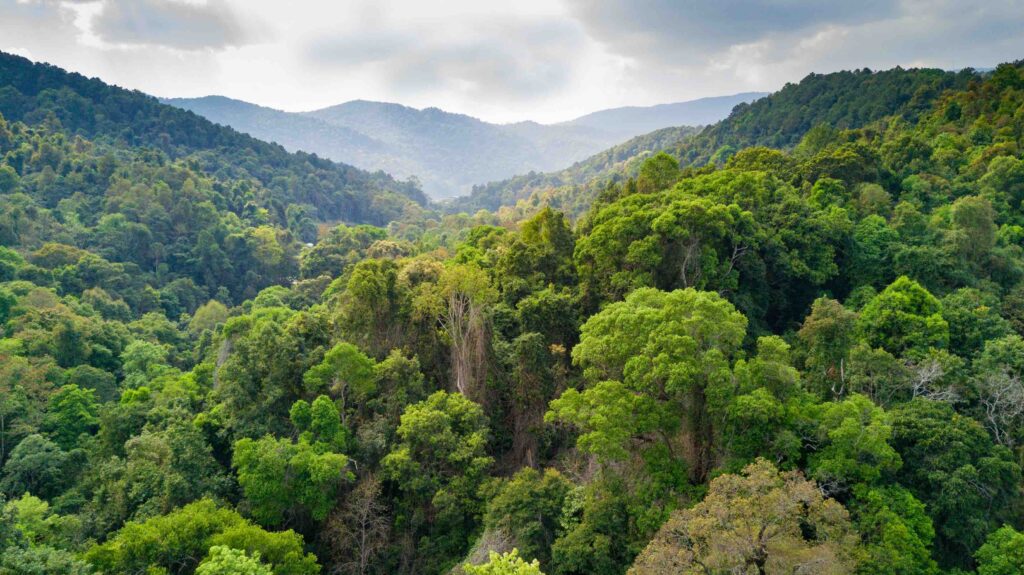
b. Temperate Forests
Moderate climates characterize these biomes, where diverse tree species thrive, creating picturesque landscapes.
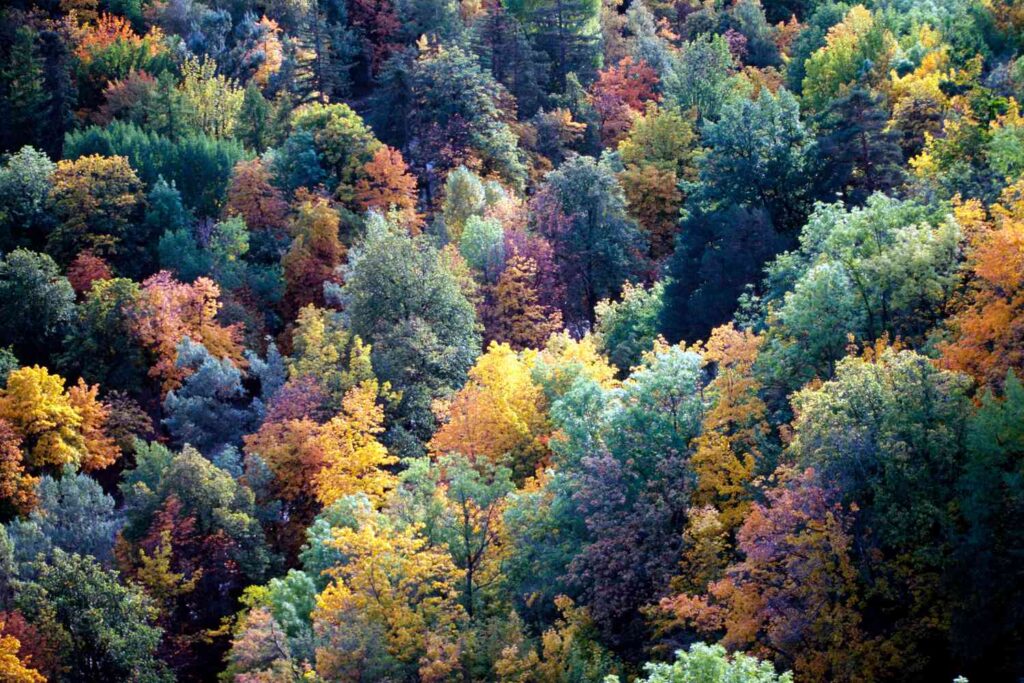
c. Boreal Forests
Stretching across the northern hemisphere, these cold-loving forests withstand harsh conditions, housing hardy flora and fauna.
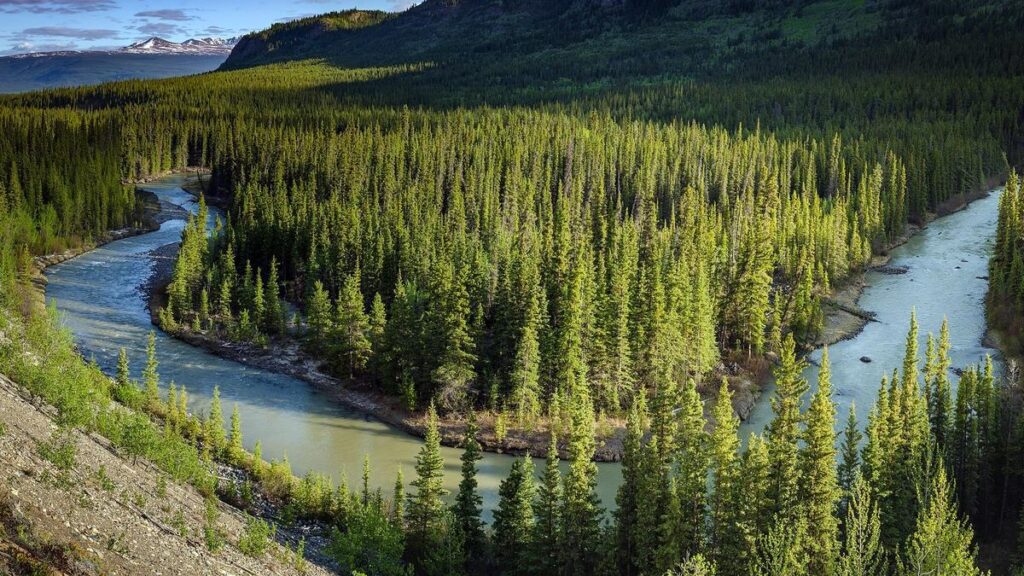
Grassland Biomes
Wide, open expanses define these biomes, where grasses dominate the landscape.
a. Savannas
Featuring a mix of grasses and scattered trees, savannas are habitats for a variety of large herbivores.

b. Temperate Grasslands
Harsh winters and hot summers shape these grasslands, home to unique plant and animal adaptations.
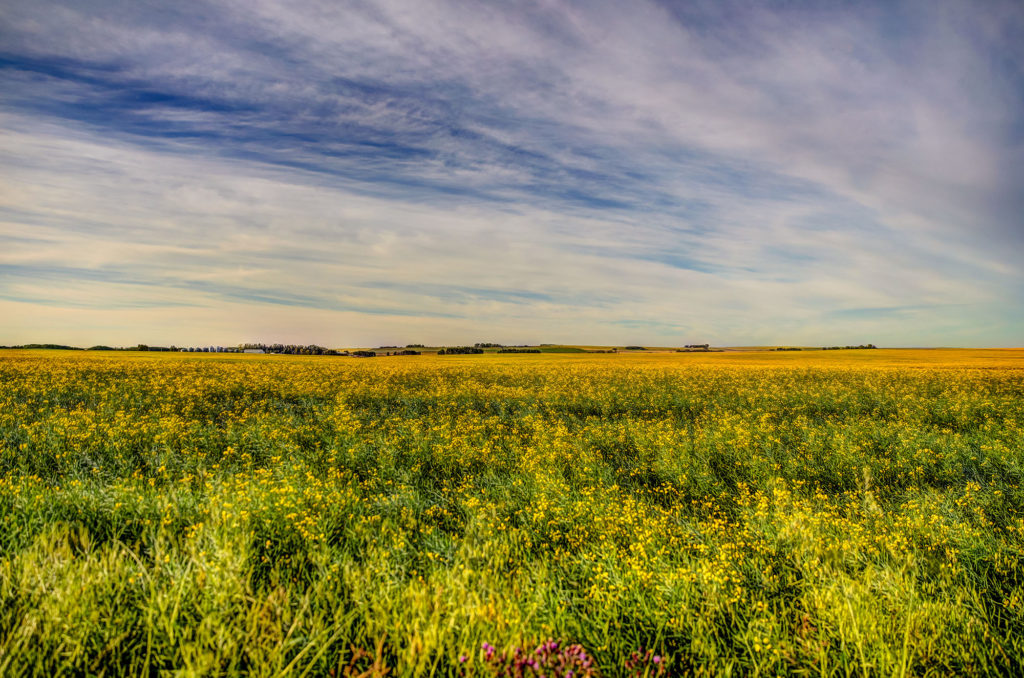
Desert Biomes
Surviving in extreme conditions, desert biomes showcase the tenacity of life.
a. Hot Deserts
High temperatures and minimal rainfall challenge the plants and animals that call hot deserts home.

b. Cold Deserts
Enduring cold temperatures, these deserts support specialized life adapted to frigid climates.
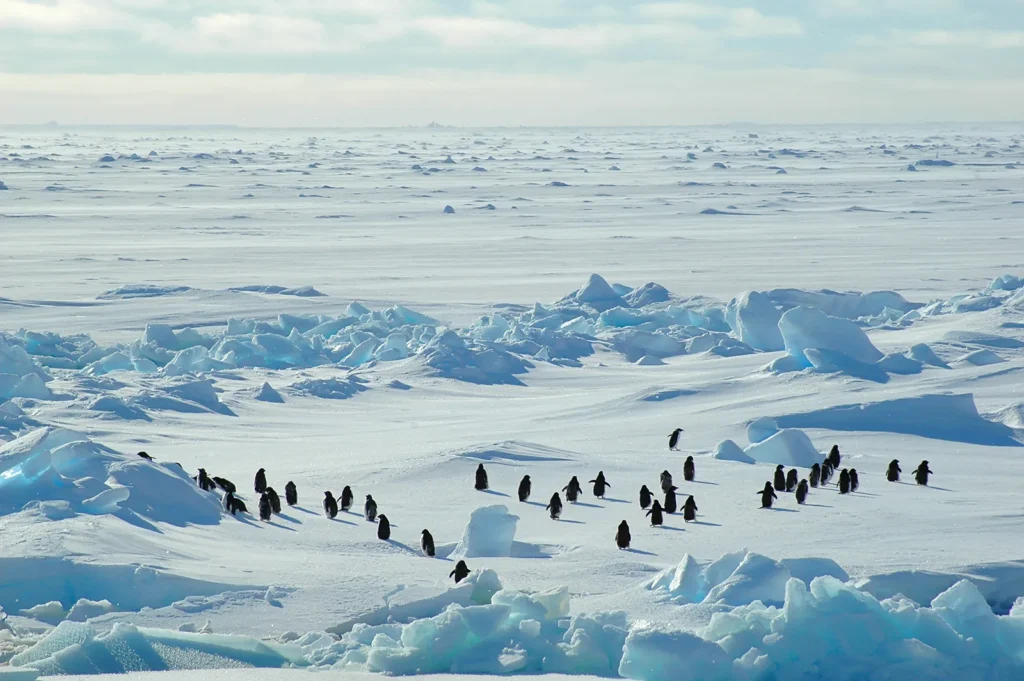
Tundra Biomes
The icy landscapes of the tundra are marked by unique flora and fauna adapted to extreme cold.
a. Arctic Tundra
In the far north, the Arctic tundra experiences a harsh climate, yet it teems with life adapted to the cold.

b. Alpine Tundra
High-altitude regions create alpine tundras, supporting hardy plants and resilient wildlife.
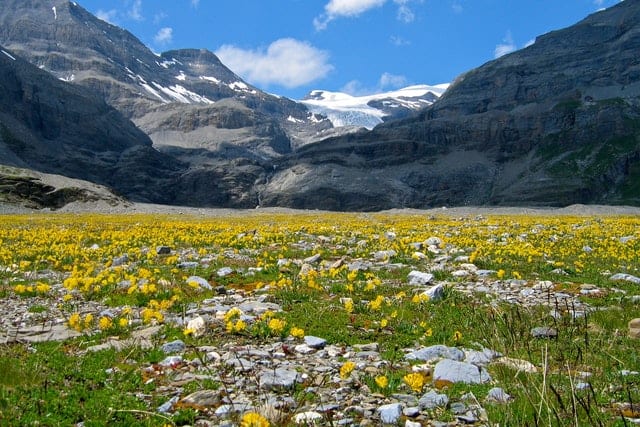
Aquatic Biomes
Freshwater Biomes
Lakes, ponds, rivers, and streams form freshwater biomes, each fostering distinct aquatic life.
a. Lakes and Ponds
These standing water bodies provide habitats for diverse fish, amphibians, and aquatic plants.
b. Rivers and Streams
Flowing waters offer dynamic environments for various aquatic species.

Marine Biomes
Oceans and coral reefs represent vast marine biomes that harbor a wealth of marine life.
a. Oceans
The largest biome on Earth, oceans are critical for regulating climate and supporting a myriad of marine organisms.

b. Coral Reefs
Biodiversity hotspots, coral reefs are vibrant ecosystems supporting countless species.
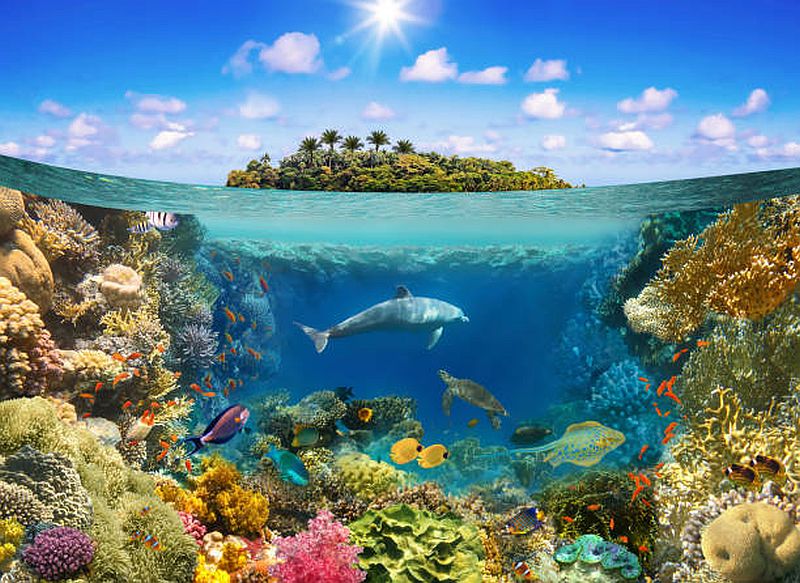
Characteristics of Biomes
Understanding the intricacies of biomes involves exploring key characteristics such as climate, vegetation types, and the adaptations of resident animals.
Climate
The climatic conditions of a biome dictate the types of plants and animals that can thrive there. From the scorching heat of deserts to the freezing temperatures of tundras, each biome presents a unique set of challenges and opportunities for life.
Vegetation
Distinctive plant life defines biomes, from towering trees in forests to hardy grasses in grasslands. The adaptation of plants to their specific biome influences the overall ecosystem structure.
Animal Adaptations
To survive in their respective biomes, animals evolve unique adaptations. From the camouflage of desert creatures to the hibernation strategies of animals in colder climates, these adaptations ensure survival in challenging environments.
Human Impact on Biomes
Human activities have a profound impact on biomes, often leading to ecological imbalances and loss of biodiversity.
Deforestation
The clearing of forests for agriculture, logging, and urban development disrupts ecosystems and threatens the survival of numerous species.
Pollution
Industrial and agricultural pollutants contaminate air, soil, and water, adversely affecting the health of biomes and their inhabitants.
Climate Change
Global warming, largely driven by human activities, poses a significant threat to biomes worldwide, causing shifts in climate patterns and endangering vulnerable species.
Conservation Efforts
Recognizing the importance of preserving biomes, conservation efforts aim to mitigate human impact and protect these vital ecosystems.
Protected Areas
Establishing national parks, reserves, and wildlife sanctuaries helps safeguard the biodiversity of various biomes.
Sustainable Practices
Promoting sustainable agriculture, logging, and development practices ensures the long-term health of biomes while meeting human needs.
Exploring Biomes
Educational Value
Studying biomes provides valuable insights into ecology, environmental science, and biodiversity, fostering a deeper understanding of Earth’s interconnected systems.
Ecotourism
Experiencing biomes through responsible ecotourism not only educates but also supports local economies and conservation initiatives.
Conclusion
In the mysteries of biomes, we gain a profound appreciation for the intricate web of life that spans the globe. Preserving these diverse ecosystems is not just an ecological imperative but a responsibility for the well-being of our planet and future generations.
FAQs About Biomes
Q: Why are rainforests considered important biomes?
- Rainforests are biodiversity hotspots, playing a crucial role in maintaining global ecological balance.
Q: How do humans contribute to desertification in arid biomes?
- Activities like overgrazing and improper land use contribute to the expansion of deserts.
Q: What is the significance of coral reefs in marine biomes?
- Coral reefs support a vast array of marine life and act as essential barriers, protecting coastlines from erosion.
Q: Are there any ongoing efforts to restore degraded biomes?
- Yes, restoration projects involve replanting native species, controlling invasive species, and restoring natural water flows.